Legislation
Compliance frameworks and SDG alignment
Compliance & Frameworks
- Compliance with the principles of bioethics and biosafety established by the WHO and the NIH (Office of Science Policy, 2025).
- Adherence to institutional biosafety protocols, with recording of work logs and proper waste disposal (Bayot et al., 2025).
- Hazard Analysis Critical Control Point (HACCP): Risk control system originating in the pharmaceutical industry. Its basis is the control of biological, physical, and chemical risks at control points.
- The SPS Agreement establishes that countries must use agreed international standards when establishing their requirements relating to sanitary and phytosanitary measures (Program, 2022).
- Cartagena Protocol, which prevents any damage to biological diversity when living modified organisms are transferred, handled, or used. Background To The Cartagena Protocol On Biosafety | AUDA-NEPAD, s. f.
SDG Alignment & Objectives
SDG
Health, education, gender equality, innovation, equity, and partnerships are at the heart of the United Nations Sustainable Development Goals (SDGs). These global objectives recognize that human well-being depends on interconnected social, environmental, and economic factors. Our project adopts this integrated perspective by aligning with six SDGs that directly influence healthcare challenges in Mexico, particularly in relation to scorpion envenomation. Through biotechnological innovation, community education, inclusive participation, and international collaboration, we aim to strengthen health systems and contribute to long-term sustainable development. (United Nations, 2015)
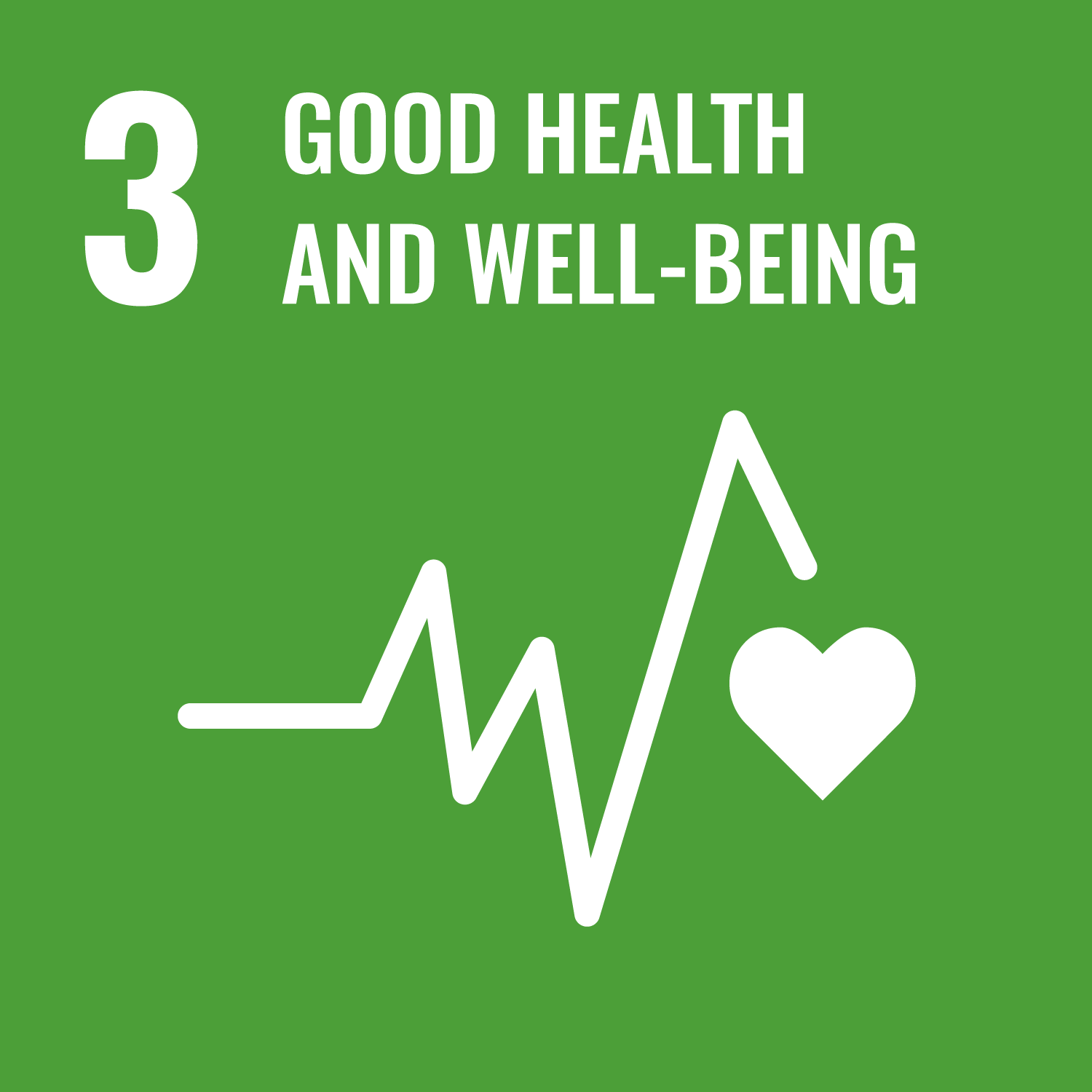
Project objectives / indicators / activities
Goal: Improve access to antivenom in pilot rural communities.
Indicator: Number of health centers in the pilot area with local antivenom supply or protocol.
Activity: Logistics assessment; produce an information kit; train local healthcare personnel.
Goal: Reduce average time for antivenom administration in the target community.
Indicator: Average time from bite to treatment.
Activity: Map routes and centers; implement a rapid triage and referral protocol for first responders.
Goal: Generate basic preclinical evidence on the safety of a formulation/assembly (in vitro).
Indicator: Number of reproducible in-vitro trials completed.
Activity: In-vitro neutralization panels and cytotoxicity controls.
Goal 3: Ensure healthy lives and promote well-being for all at all ages.
SDG 3: Good Health and Well-Being is the nucleus of this framework, encompassing all key health targets. These include reducing the global maternal mortality ratio (3.1), ending preventable deaths of children under five (3.2), combating epidemics like AIDS and malaria (3.3), and critically, reducing premature mortality from non-communicable diseases (NCDs) by one third through prevention and treatment (3.4). SDG 3.8 also mandates achieving Universal Health Coverage (UHC), ensuring financial risk protection and access to quality essential services and affordable medicines.
The SDGs commit to ending epidemics such as AIDS, tuberculosis, and malaria by 2030, while ensuring universal health coverage and equitable access to medicines and vaccines (Moran, 2024a). Yet, large portions of the population still lack essential services. Addressing this gap requires investment in resilient health systems and recognition of the broader determinants of health.
Our project contributes to this goal by developing biotechnological alternatives to antivenoms and improving healthcare logistics in rural communities. By training local personnel and reducing treatment times, we aim to strengthen system responsiveness.
Scorpion envenomation is a health challenge strongly influenced by the availability of effective medicine. Access to affordable, safe, and effective antivenoms is one of the three core components of a systemic healthcare approach. The adoption of a sustainable healthcare model is relatively recent in Mexico, yet it has been emphasized by government, industry, and academic stakeholders as essential—not only to address animal envenomation, but also to tackle chronic conditions such as diabetes and cardiovascular diseases that affect large sectors of the population. In this sense, our project aims to contribute to building a sustainable healthcare model in Mexico.
This objective is central to our vision: to improve and streamline the use of antivenoms, particularly for a species endemic to Mexico that represents a major public health concern. By strengthening the management of this problem locally, we open the possibility of expanding applications to other regions and even to other species.
From a Systems Medicine perspective, achieving SDG 3 (Good Health and Well-Being) requires moving beyond fragmented solutions. By integrating biological, clinical, and socio-environmental data, health systems can transition toward more predictive and preventive models. Our project embodies this approach by combining innovative therapeutic strategies with rapid referral systems, thereby helping to create more resilient, equitable, and sustainable care structures.
Goal 4: Ensure inclusive and equitable quality education and promote lifelong learning opportunities for all.
COVID-19 has caused severe setbacks in global education, with millions of children projected to remain out of school by 2030. (Moran, 2024b)
Without additional measures, an estimated 84 million children and young people will not attend school by 2030, and approximately 300 million students will lack the basic arithmetic and literacy skills necessary to succeed in life.
Education is essential today, and the goal is for it to be equitable in all regions and for all people. Our team seeks to bridge this gap and generate knowledge based on the issues at hand, as we believe that knowledge can save lives.
The team aims to create quality content about our project in order to disseminate accurate information and raise awareness of this health issue among the population, particularly in the affected areas.
Education helps reduce inequalities and achieve gender equality. It also helps people around the world live healthier and more sustainable lives. Education is also important for promoting tolerance among people and contributes to the development of more peaceful societies. (Moran, 2024f)
To achieve Goal 4, funding for education must become a national investment priority. In addition, measures such as making education free and compulsory, increasing the number of teachers, improving basic school infrastructure, and embracing digital transformation are essential.
In preventative medicine education is considered as “primordial prevention.” In the context of healthcare education prevents the emergence or development of risk factors. In our project we met with academia experts to learn what sort of learning gaps exist in current popular understanding of venomous animals and worked towards widening understanding of antivenoms, recombinant protein based medicines, and the natural role of these animals. The last one is important since multiple experts pointed out that the fear of these creatures leads to not only the loss of biodiversity (of both medically significant species but also of other species mistaken as dangerous animals) but also to increase risks taken by people when they discover one of these animals
Systems Medicine emphasizes that education is a foundational determinant of health, as it strengthens health literacy, workforce training, and community engagement. By implementing modules on poisons and antidotes, our project supports the “Participatory” dimension of P4 medicine, empowering communities with knowledge that reduces risks and fosters prevention.
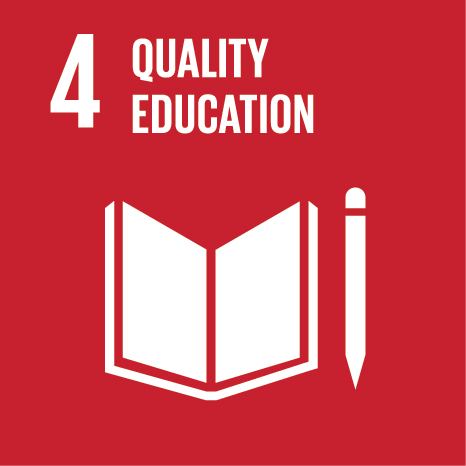
Project objectives / indicators / activities
Goal: Develop and deliver an educational module on poisons and antidotes for secondary schools.
Indicator: Number of schools reached.
Activity: In-person/virtual workshops and teaching materials.
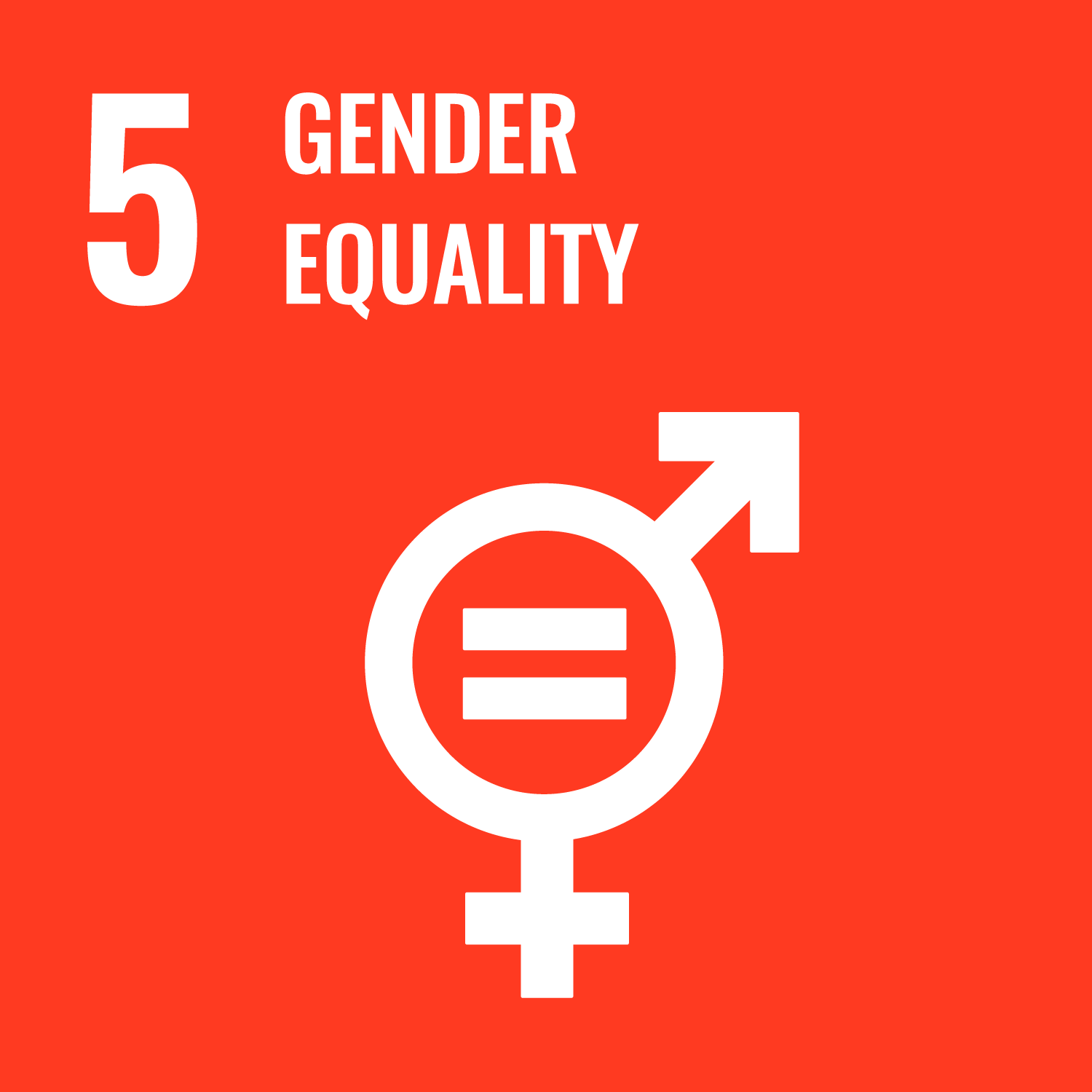
Project objectives / indicators / activities
Goal: Increase female participation and leadership in outreach events.
Indicator: Percentage of leadership roles held by women (goal: ≥50% of key roles).
Activity: Internal mentoring, inclusion policies, and public panel with female scientists from Latin America.
Goal 5: Achieve gender equality and empower all women and girls.
Gender equality is not only a fundamental human right, but also one of the essential foundations for building a peaceful, prosperous, and sustainable world. Some progress has been made in recent decades, but the world is far from achieving gender equality by 2030. (Moran, 2024c)
Women and girls make up half of the world's population and therefore half of its potential. But gender inequality persists and stifles social progress. (Moran, 2024c)
The participation of women in science is essential to building a more inclusive future and giving women a voice and power within these projects. Our team, made up mostly of women, reflects our commitment to promoting gender equality in research and innovation.
Gender equality is a fundamental human right and a cornerstone of building healthy societies. It underpins progress across all areas, from poverty reduction to advancing health, education, protection, and overall well-being for girls and boys. Promoting gender equality in science is especially vital, as it enriches innovation and ensures that diverse perspectives shape future solutions.
Our team, composed mostly of women, reflects this commitment. Women in science are equally important as men, and their active participation drives inclusion and creativity. By inspiring young people—particularly girls—to engage with science and science communication from an early age, we aim to foster role models who will encourage even broader participation in the future. This is especially relevant in Latin America, where increasing women’s involvement in science contributes not only to equity but also to regional scientific development.
Through our work in synthetic biology, our women-led team contributes to strengthening scientific infrastructure and paving the way for more inclusive participation in biomedical research. From a systems perspective, advancing gender equality ensures that health innovations and policies respond to disparities in access to care and treatment. Integrating gender-responsive data and encouraging female leadership strengthens health equity. In this sense, our project demonstrates how inclusive participation not only drives innovation but also builds a more just and representative scientific community.
Goal 9: Build resilient infrastructure, promote sustainable industrialization, and foster innovation.
Goal 9 aims to build resilient infrastructure, promote sustainable industrialization, and foster innovation. Economic growth, social development, and climate action depend heavily on investments in infrastructure, sustainable industrial development, and technological progress. Given the rapidly changing global economic landscape and rising inequalities, sustained growth must involve industrialization that, first, makes opportunities accessible to all people and, second, is supported by innovation and resilient infrastructure. (Moran, 2024d)
Scientific innovation is key to developing accessible and sustainable technologies. Through synthetic biology, our team promotes new forms of production that strengthen scientific infrastructure and open up opportunities in the region. Since Latin America presents certain challenges in terms of infrastructure.
Investing in infrastructure is essential for achieving sustainable development and empowering communities worldwide. To meet Goal 9 by 2030, countries must support least developed countries (LDCs), invest in advanced technologies, reduce carbon emissions, and expand access to mobile broadband.
Our project contributes to this goal by strengthening scientific innovation capacity in Latin America through the use of synthetic biology as a tool for developing healthcare solutions. By leveraging biotechnology platforms such as Pichia pastoris for the production of recombinant proteins, we propose alternatives that can be scaled up more efficiently and sustainably within the pharmaceutical industry. This approach not only fosters the development of new technologies but also expands access to scientific infrastructure in regions where local production of biotherapeutics remains limited. In doing so, we advance a model of innovation that promotes technological independence, encourages regional research, and creates opportunities for training new generations of scientists.
From a Systems Medicine perspective, innovation and robust infrastructure are critical to data integration, biotechnology production, and scalable solutions. By focusing on recombinant protein production, our project embodies this vision, offering sustainable alternatives that reinforce Latin America’s biotechnological independence and resilience.
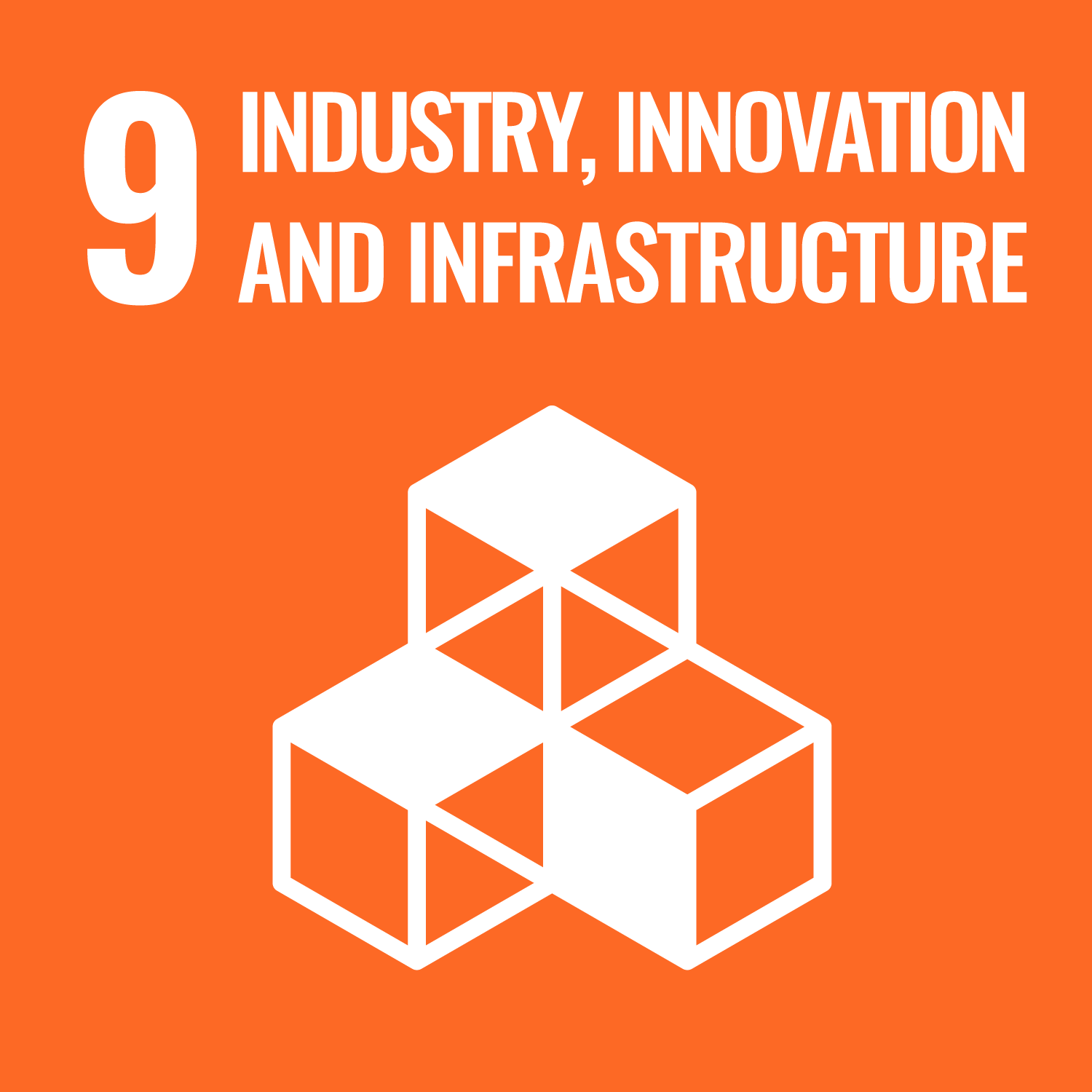
Project objectives / indicators / activities
Goal: Design a scalable prototype for local component production.
Indicator: Technical document with scaling and cost estimates.
Activity: Mass balance, cost analysis, and local supply chain proposal.
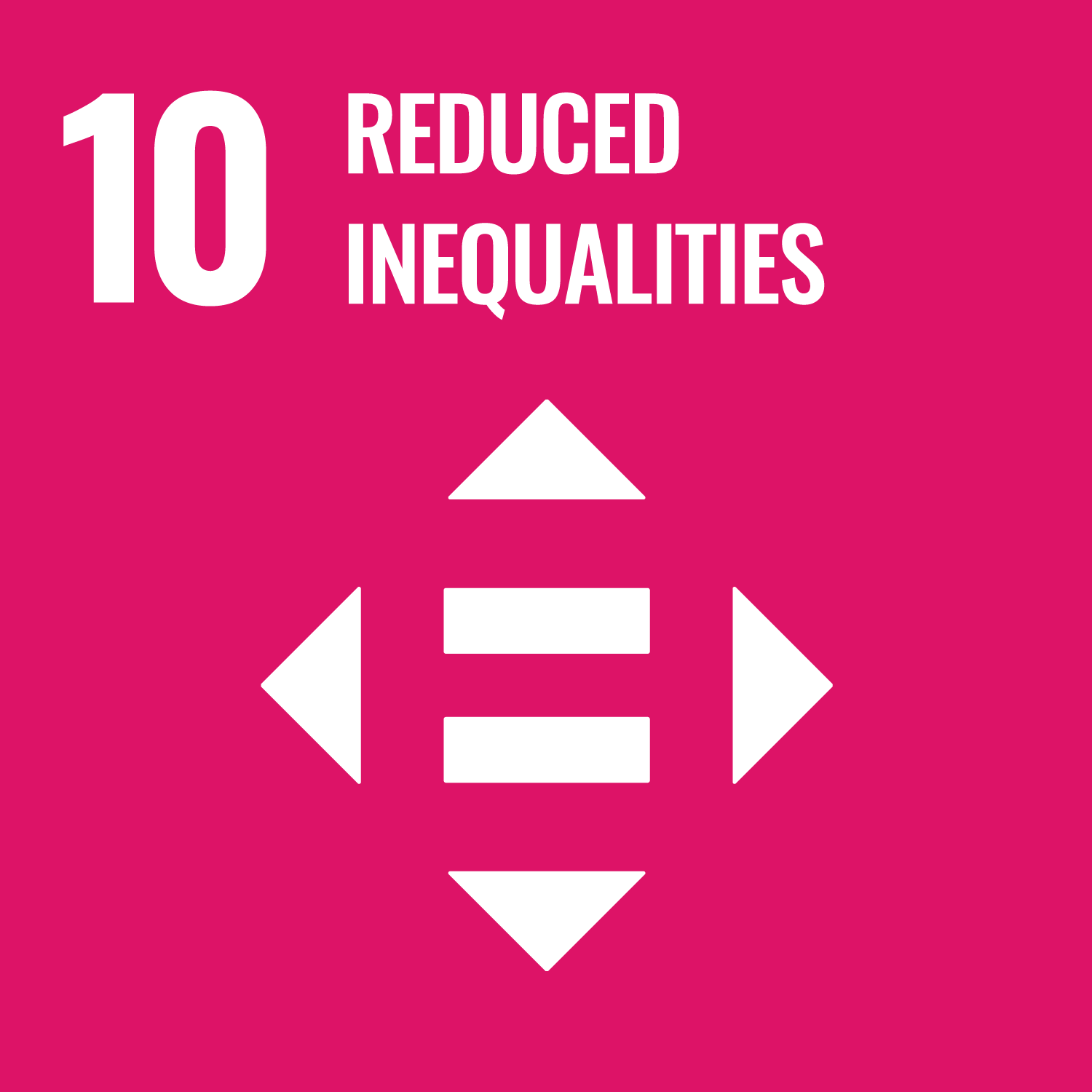
Project objectives / indicators / activities
Goal: Prioritize collaboration with rural communities affected by poisoning
Indicator: Number of community consultations conducted
Activity: Participatory workshops and solution design
Goal 10: Reduce inequality within and among countries.
Inequality poses a serious threat to long-term social and economic development, slows poverty reduction, and undermines people’s sense of fulfillment and self-esteem. It persists across multiple dimensions—income, gender, age, disability, sexual orientation, race, class, ethnicity, religion, and access to opportunities—and can lead to social consequences such as crime, disease, and environmental degradation (Moran, 2024e).
In particular, inequalities in access to medical treatment disproportionately affect vulnerable communities. Our project aims to address these gaps by providing accessible solutions that meet the needs of those who need them most, expanding equitable access to healthcare.
In Latin America, poisoning by venomous animals disproportionately impacts rural and marginalized communities, where access to treatment is limited or even non-existent. Our project seeks to reduce these inequalities by developing biotechnological alternatives that are safe, scalable, and producible locally. By democratizing access to antivenoms, reducing dependence on costly centralized processes, and designing solutions tailored to vulnerable populations, we promote both health equity and social justice. This approach ensures that people facing geographical and economic barriers have greater opportunities for protection and well-being (Moran, 2024e).
Globally, healthcare remains one of the clearest indicators of inequality. Marginalized communities often lack access to fully functional healthcare facilities. As part of our project, we collaborate with public and private institutions to design interventions that reduce these disparities.
Inequalities in healthcare are further amplified by social determinants such as poverty and geographic isolation. By integrating community-level data with medical innovation through systems approaches, we can develop context-specific, equitable interventions. Our work with rural communities embodies this principle, ensuring that antivenom access reaches those “furthest behind,” a priority highlighted in the 2030 Agenda.
Additionally, our collaboration with the iGEM VIT team emphasizes the importance of applying SDGs to scientific projects. Together, we focused on Goal 4, highlighting knowledge generation as a critical complement to our efforts to reduce inequalities.
Goal 17: Revitalize the Global Partnership for Sustainable Development
Goal 17 emphasizes the need to strengthen global partnerships in order to achieve sustainable development. The 2030 Agenda is universal, requiring the active participation of all countries-both developed and developing-to ensure that no one is left behind. Achieving these goals depends on collaboration among governments, the private sector, and civil society.
Strong global partnerships and cooperation are essential to meeting the Sustainable Development Goals (SDGs). As Moran (2024f) highlights, only by working together can we ensure that no one is excluded from the path to development. Our project embraces this vision by collaborating with institutions, teams, and communities that amplify our impact and help us build more robust, sustainable solutions.
Systems Medicine advances most effectively through transdisciplinary and international collaboration, where data sharing and joint innovation accelerate progress. Our partnerships with institutions and other iGEM teams illustrate how cooperative models not only enhance technical capacity but also generate sustainable, systemic health solutions.
We recognize that major challenges in health and biotechnology cannot be solved in isolation. For this reason, we have built strategic alliances with academic institutions, organizations, and international teams that support us in areas such as scientific training, protocol validation, and biosafety review. These collaborations have also enabled us to overcome logistical barriers—such as accessing specialized materials—and to extend our impact within both the scientific and social community. By fostering these partnerships, we strengthen regional and international cooperation, promote technology transfer, and encourage an interdisciplinary work model that reflects the collaborative spirit needed to achieve the SDGs.
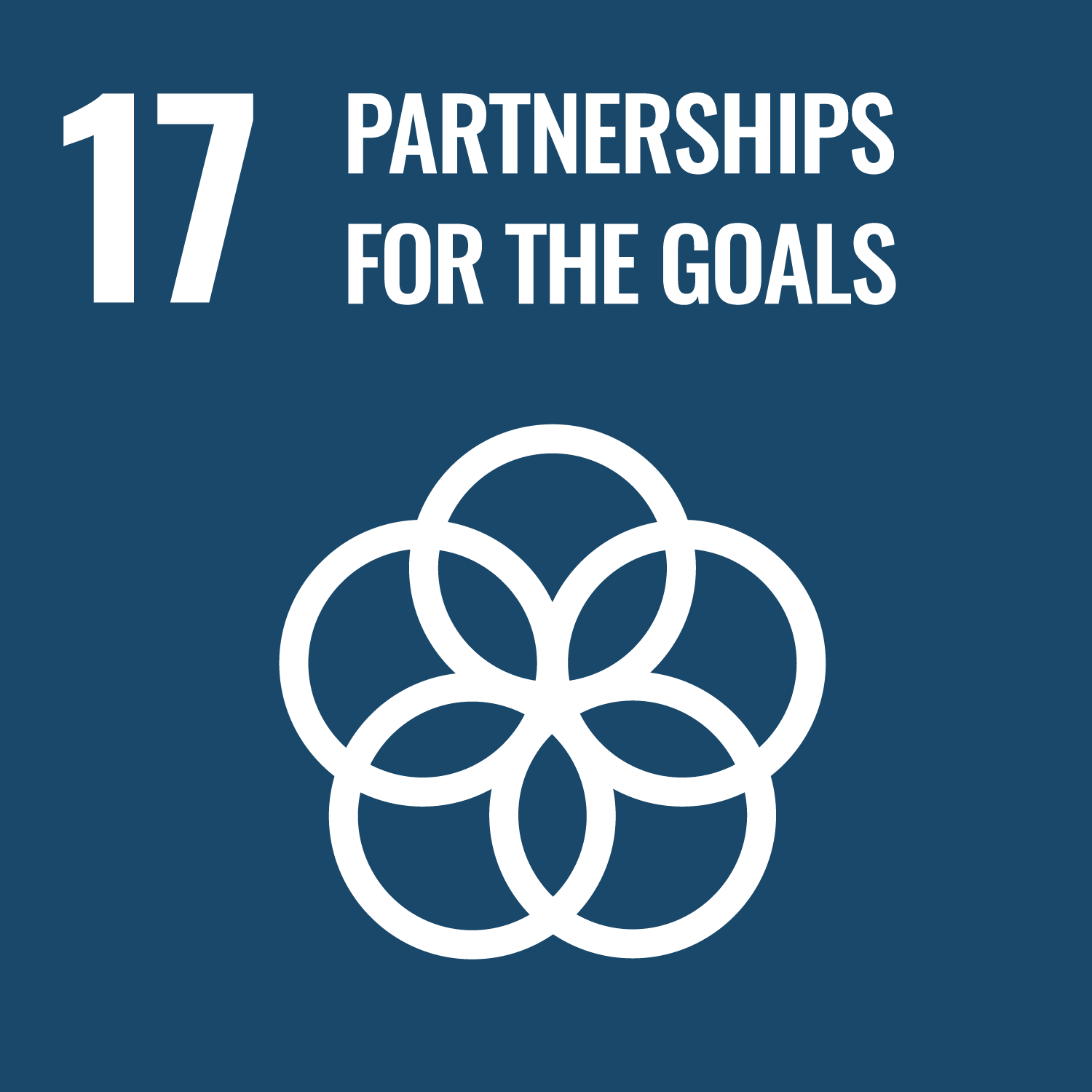
Project objectives / indicators / activities
Goal: Increase the number of connections between teams
Indicator: Number of collaborations
Activity: Organize physical and virtual meetings between teams to exchange knowledge, learn about each other's projects, and provide mutual support
SDG synergies
- Goal 3 + Goal 10: By ensuring accessible healthcare systems for vulnerable communities, we address inequalities in health outcomes.
- Goal 3 + Goal 17: Guaranteeing access to effective treatments for envenomation requires both scientific innovation and strategic collaboration. Partnerships with academic institutions and local organizations strengthen our technical capabilities, help overcome infrastructure limitations, and expand our social impact.
- Goal 4 + Goal 10: Education contributes to reducing inequalities by empowering vulnerable communities to respond more effectively to public health challenges.
- Goal 5 + Goal 10: Promoting women’s participation in science and technology serves as a strategy for reducing inequalities in access to research and innovation in Latin America.
Conclusion
Our team addresses a public health challenge in Mexico caused by scorpion envenomation, while simultaneously aligning our strategies with multiple Sustainable Development Goals. By combining biotechnology, rapid healthcare logistics, education, gender equality, and international collaboration, we provide a holistic and scalable model for sustainable healthcare. This approach not only improves access to life-saving treatments in vulnerable communities but also builds local capacity, strengthens health systems, and promotes equity. Ultimately, our vision is to create a replicable framework that can be expanded to other regions and health challenges, ensuring that no community is left behind in the pursuit of sustainable development.
| SDG | Goal | Indicator | Deadline | Responsible |
|---|---|---|---|---|
| SDG 3 – Good health and well-being | Validate at least three in vitro neutralization and cytotoxicity assays for the recombinant scFv. | Number of reproducible trials completed (target: 3). | short term | Laboratory equipment. |
| SDG 3 – Good health and well-being | Reduce the average time to treatment in pilot rural communities by 30% through a rapid referral protocol. | Average time reported in drills (baseline vs. target). | long term | Outreach area |
| SDG 4 – Quality education | Implement an educational module on poisons and antidotes in schools. | Number of schools and students reached (target: 100 students). | medium term | Education/outreach area. |
| SDG 4 – Quality education | Publish an interactive STEM guide accessible to children aged 10–16. | Number of downloads/impressions (target: 300). | long term | Communication team. |
| SDG 5 – Gender equality | Ensure that ≥50% of leadership roles in the team are held by women. | Percentage of leadership roles held by women. | short term | Leadership |
| SDG 5 – Gender equality | Launch a social media campaign to inspire girls to take an interest in bioscience. | Number of interactions (goal: 1,000). | medium term | Communication area. |
| SDG 9 – Industry, innovation, and infrastructure | Prepare a technical report on the scalability and production costs of antivenom in Pichia. | Published report (goal: 1 open-source document). | short term | Bioproduction area. |
| SDG 9 – Industry, innovation, and infrastructure | Publish a standardized open-source protocol (SOP) for a critical step (e.g., Golden Gate assembly in Pichia). | Number of external laboratories that replicate it (goal: ≥1). | long term | Laboratory area. |
| SDG 10 – Reducing inequalities | Translate outreach materials into Spanish + a local indigenous language. | Number of versions published (goal: 2 languages). | medium term | Communication area local volunteers. |
| SDG 10 – Reducing inequalities | Conduct at least three participatory community workshops in areas affected by poisoning. | Number of workshops completed (goal: 3). | long term | Community outreach area. |
| SDG 10 – Reducing inequalities | Reduce hazardous waste generation in laboratories by 25%. | Kg of waste generated (baseline vs. target). | long term | Biosafety area. |
| SDG 17 – Partnerships for the goals | Establish at least 3 international and 2 national partnerships for technical, scientific, or logistical support. | Number of active agreements or collaborations (goal: 3 in total). | long term | Communication |
| SDG 17 – Partnerships for the goals | Participate in at least two collaborative projects with other iGEM teams (interlab, workshops, or protocol exchanges). | Number of projects completed (target: 2). | medium term | Education |
References
- United Nations. (s. f.). Transforming our world: the 2030 Agenda for Sustainable Development. https://sdgs.un.org/2030agenda
- Moran, M. (2024a, 30 de enero). Salud – Desarrollo sostenible. Desarrollo Sostenible. https://www.un.org/sustainabledevelopment/es/health/
- Moran, M. (2024b, 18 de diciembre). Educación – Desarrollo sostenible. Desarrollo Sostenible. https://www.un.org/sustainabledevelopment/es/education/
- Moran, M. (2024c, 18 de diciembre). Educación – Desarrollo sostenible. Desarrollo Sostenible. https://www.un.org/sustainabledevelopment/es/education/
- Moran, M. (2024d, 26 de enero). Infraestructura – Desarrollo sostenible. Desarrollo Sostenible. https://www.un.org/sustainabledevelopment/es/infrastructure/
- Moran, M. (2024e, 26 de enero). Reducir las desigualdades entre países y dentro de ellos – Desarrollo sostenible. Desarrollo Sostenible. https://www.un.org/sustainabledevelopment/es/inequality/
- Moran, M. (2024f, 26 de enero). Alianzas – Desarrollo sostenible. Desarrollo Sostenible. https://www.un.org/sustainabledevelopment/es/globalpartnerships/